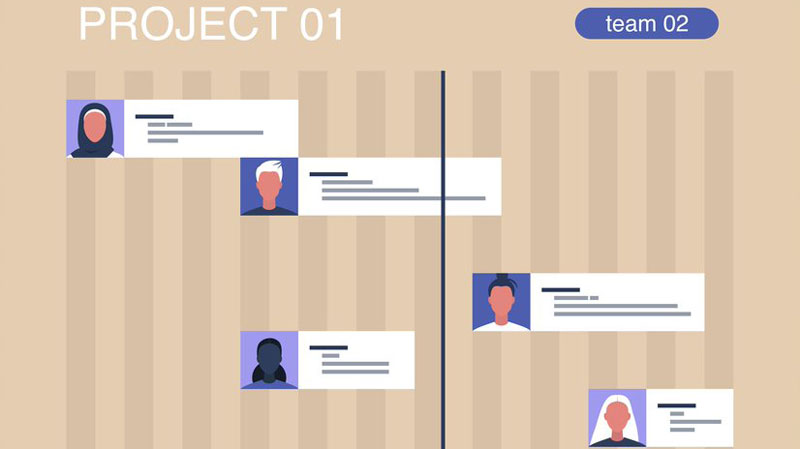In recent weeks, organizations of all shapes & sizes were forced to transition part or all of their business operations to be conducted remotely. For most companies, this was a drastic transition which had to be done quickly & efficiently, and the challenge to execute this transition typically fell on the shoulders of each organization’s IT Team. Here we’ll share an example of how an IT team was able to transition not only their own department’s operations to manage work remotely, but also the operations of their entire organization.
Performing Under Pressure
When the announcement came that the company will be temporarily closing all of their office locations worldwide and migrating their workforce to work from home, the IT team immediately opened up a dedicated Workspace in Planview AdaptiveWork Go. They wanted to coordinate the myriad of tasks & projects associated with this “Remote Work Initiative” in one place. Not only would this better organize the team, it would also help in hindsight, as the leadership assed the impact of the COVID-19 Pandemic on the business.

The “Remote Work Initiative” was designed to automate the inbound requests related to the migration of operations from multiple sources such as ServiceNow, MS Teams, email and more. This task backlog process also helped streamline the assignment of each request to specific members of the IT Team distribution work appropriately and evenly as needed. That way each task could be monitored and completed more efficiently.
The IT manager could quickly review each new request, add key information such as due dates, importance ratings and classifications and ultimately assign the task to the appropriate IT team member for completion. The company had only 1 week to have their entire workforce ready for remote operations. They were able to meet this deadline by having clear visibility into the status of requests, and where they stood against key milestones and a tight timeline. Making adjustments in resources to accommodate each and every request.
No Rest for the Weary
Not only was the IT Team responsible for enabling a smooth transition for the organization’s entire employee base, but they also remained responsible for any existing projects they had in process, Tier 2 escalations and the other regular day-day work which is critical to the business.

Before they were using Planview AdaptiveWork Go as their central command platform, the IT team would manage their Tier 2 escalations face-face meetings and on a whiteboard at the office. These methods relied on the fact that business would be conducted in a central office, and hence have been made unavailable to them while working remotely. So the IT TEam used Planview AdaptiveWork Go’s Zoom integration to collaborate in real-time on high priority escalations, capture all their Zoom meeting recordings, and associate them with the appropriate task in Planview AdaptiveWork Go.
As an emerging Ecommerce technology company, the IT Team also plays a major role in the day-to-day upkeep of the company’s website. Heavy and constant cross-department collaboration is needed to ensure that the website is performing at optimal levels 24/7/365. As their peers on other teams continued to operate independently in other siloed environments the IT Team was able to centralize key blocks of work in Planview AdaptiveWork Go across all teams to groom the backlog, plan sprints and ensure that the most critical work was completed during each sprint.
While these tactics and processes were implemented by an IT at a Technology company, these are also learning opportunities for other departments and industries. When looking at the individual examples above as a whole, it showcases how a team which is agile and prepared can be successful in the face of unforeseen challenges, while still delivering on their day-to-day commitments.
Once we all get back to the normal run of business and the Headquarter Office’s doors open again. Be sure to find and thank your IT reps for their hard work in setting up your organization for a successful transition to remote work, while still keeping up to date with their own tasks.










